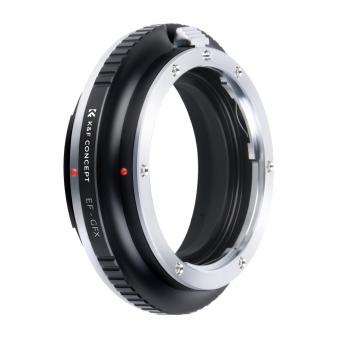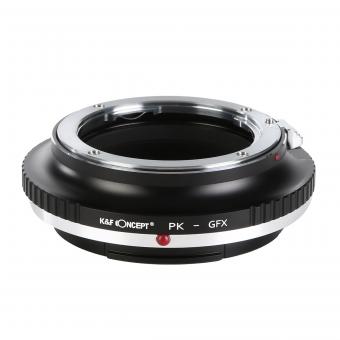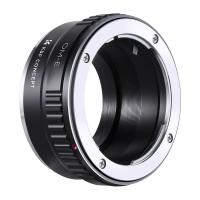Why Is My Microscope Blurry ?
There could be several reasons why your microscope is blurry. It could be due to improper focusing, a dirty or smudged lens, or a misalignment of the microscope components. Additionally, the quality of the microscope itself or the specimen being observed could also contribute to blurriness.
1、 Improper focus adjustment
"Why is my microscope blurry?"
One possible reason for a blurry microscope is improper focus adjustment. Microscopes have various components that need to be properly aligned and adjusted in order to obtain clear and sharp images. The most common cause of blurriness is the misalignment of the objective lens, which is responsible for magnifying the specimen.
To achieve proper focus, start by placing a slide with a specimen on the stage and adjusting the stage height so that the specimen is close to the objective lens. Then, use the coarse focus knob to bring the specimen into rough focus. Next, use the fine focus knob to make small adjustments until the image becomes clear and sharp. If the image remains blurry, it may be necessary to clean the lenses or check for any damage or defects.
It is important to note that other factors can also contribute to blurry images. For instance, if the microscope is not properly maintained or cleaned, dust or debris may accumulate on the lenses, affecting the clarity of the image. Additionally, using the wrong magnification or lighting conditions can also result in blurry images.
In conclusion, if your microscope is blurry, the first step is to check the focus adjustment. Ensure that the objective lens is properly aligned and adjust the focus knobs accordingly. If the issue persists, consider cleaning the lenses and checking for any other potential causes of blurriness.
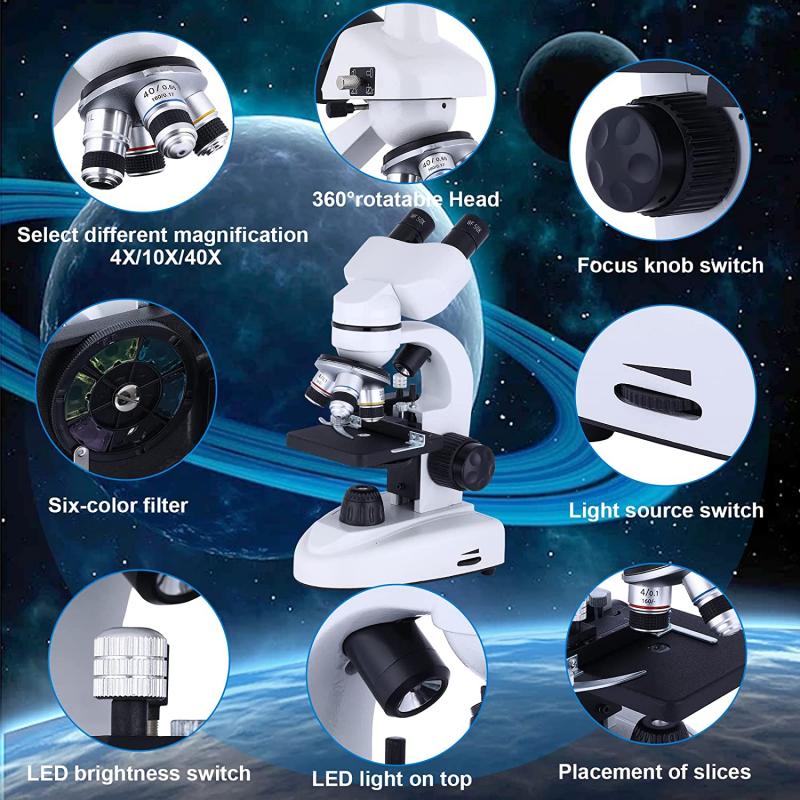
2、 Dirty or smudged lenses
"Why is my microscope blurry?"
One possible reason for a blurry microscope is dirty or smudged lenses. Microscopes are delicate instruments that require proper care and maintenance to ensure optimal performance. Over time, dust particles, fingerprints, or other debris can accumulate on the lenses, obstructing the passage of light and resulting in a blurry image.
Cleaning the lenses is a simple yet crucial step in maintaining the clarity of your microscope. To clean the lenses, start by using a soft brush or compressed air to remove any loose particles. Then, gently wipe the lenses with a lens cleaning solution or a mixture of distilled water and mild detergent. Use a lint-free cloth or lens paper to avoid scratching the lenses. It is important to be gentle and avoid applying excessive pressure, as this can damage the lenses.
However, it is worth noting that while dirty or smudged lenses are a common cause of microscope blurriness, there could be other factors at play. For instance, the microscope's focus may need adjustment, or the specimen being observed might not be properly prepared. Additionally, technical issues such as a misaligned condenser or a faulty light source can also contribute to a blurry image.
If cleaning the lenses does not resolve the issue, it may be necessary to consult the microscope's user manual or seek professional assistance. Regular maintenance and periodic servicing by a qualified technician can help ensure that your microscope continues to provide clear and accurate images.

3、 Insufficient lighting
"Why is my microscope blurry?" One possible reason for a blurry microscope image could be insufficient lighting. Adequate lighting is crucial for obtaining clear and sharp images through a microscope. Insufficient lighting can result in a lack of contrast and detail, making the image appear blurry.
When using a microscope, it is important to ensure that the light source is properly adjusted. If the light is too dim or unevenly distributed, it can lead to a blurry image. Adjusting the intensity of the light source or using a different light setting can help improve the clarity of the image.
Another factor to consider is the quality of the microscope itself. If the microscope is old or damaged, it may not provide clear images even with sufficient lighting. In such cases, it may be necessary to repair or replace the microscope to achieve better results.
Additionally, it is essential to properly clean and maintain the microscope. Dust, fingerprints, or smudges on the lenses can obstruct the light and result in a blurry image. Regularly cleaning the lenses with a soft, lint-free cloth and using lens cleaning solutions can help maintain the clarity of the microscope's optics.
In conclusion, if your microscope is blurry, one possible reason could be insufficient lighting. Adjusting the light source, ensuring the microscope is in good condition, and maintaining clean lenses are all important steps to improve the clarity of the microscope image.
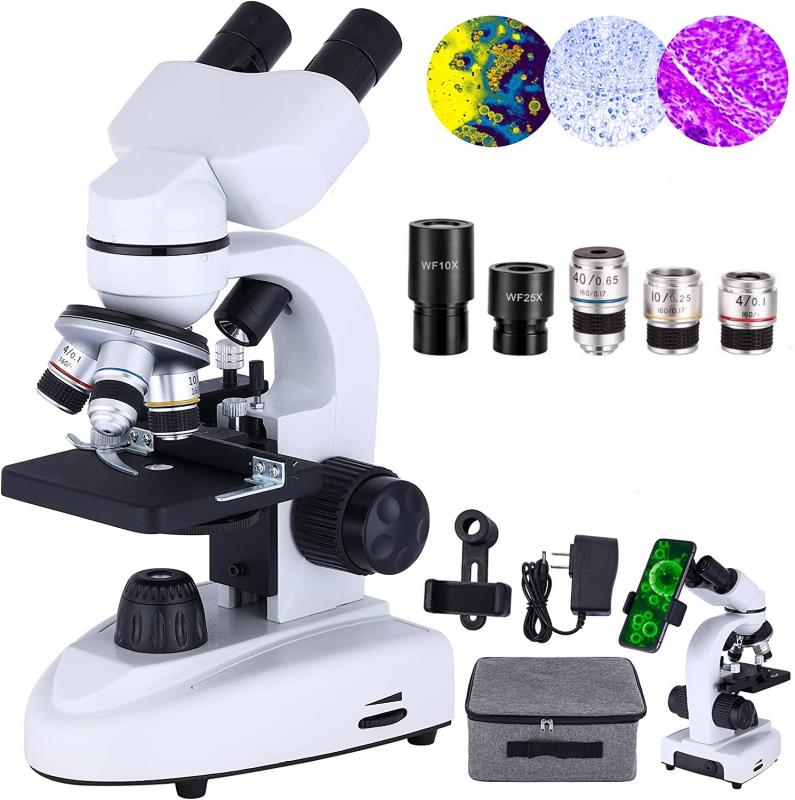
4、 Condenser misalignment
"Why is my microscope blurry?" One possible reason for a blurry microscope is condenser misalignment. The condenser is an important component of the microscope that helps focus and direct light onto the specimen. If it is not properly aligned, it can result in a blurry image.
Condenser misalignment can occur due to various reasons. One common cause is improper handling or accidental movement of the condenser. If the condenser is not securely fixed in its position, it can easily become misaligned, leading to a blurry image. Another reason could be the wear and tear of the condenser over time, causing it to shift out of alignment.
When the condenser is misaligned, the light passing through it does not converge properly onto the specimen. This results in a lack of sharpness and clarity in the image observed through the microscope. The blurriness may be more pronounced at higher magnifications, as the misalignment becomes more apparent.
To address condenser misalignment, it is important to carefully realign the condenser. This can be done by adjusting the condenser height and centering it properly. It may require referring to the microscope's user manual or seeking assistance from a microscope technician.
It is worth noting that while condenser misalignment is a common cause of microscope blurriness, there could be other factors contributing to the issue as well. These may include problems with the objective lenses, improper focusing, or even issues with the specimen itself. Therefore, if realigning the condenser does not resolve the blurriness, it is advisable to further investigate and troubleshoot other potential causes.








